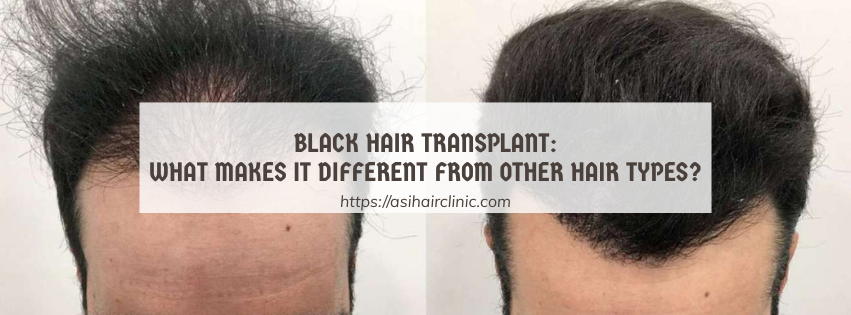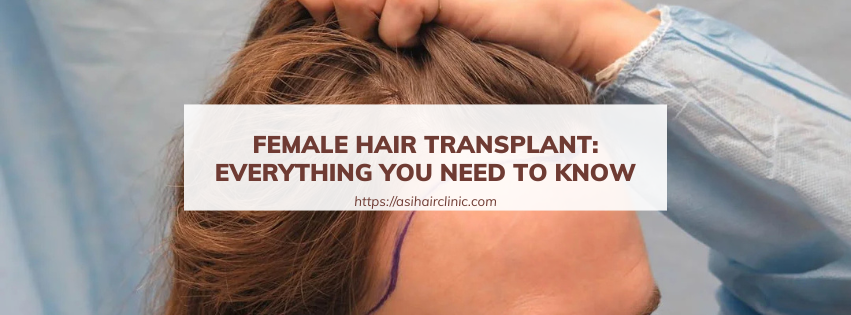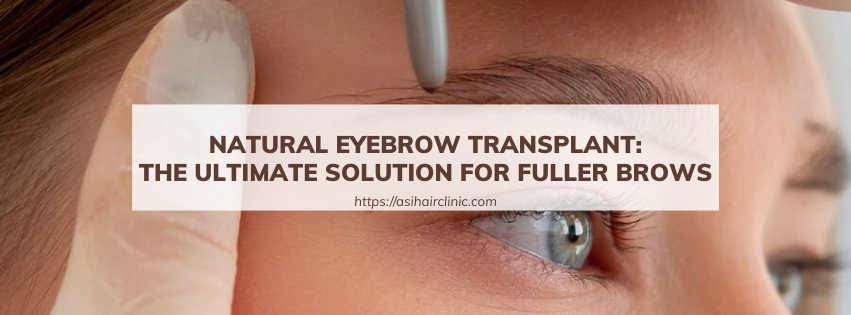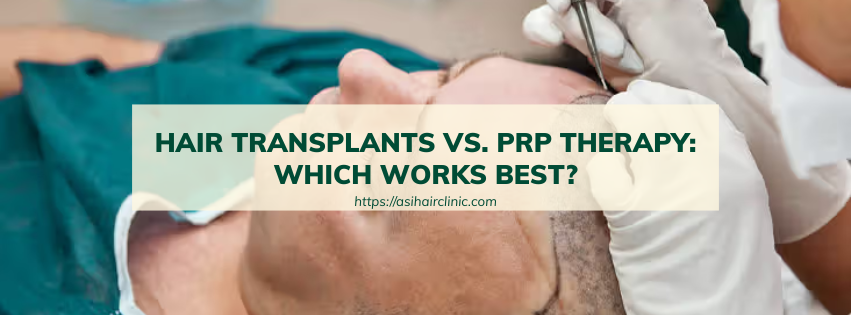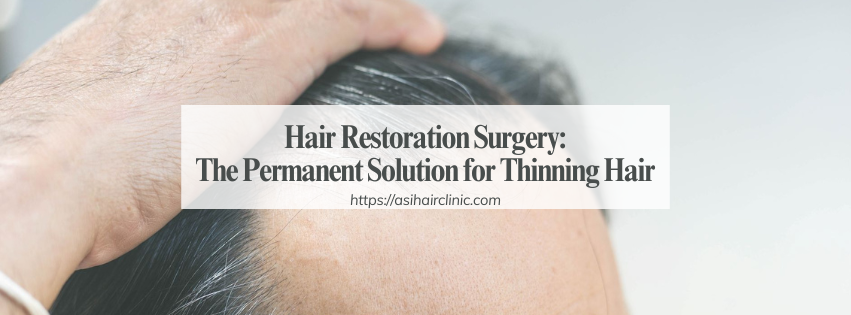5 Ingredients to Make the Ideal Hair Transplant
Hair loss is a common problem that affects millions of people worldwide. While it can be a frustrating and embarrassing experience, the good news is that there are effective solutions available, such as hair transplantation. A hair transplant is a surgical procedure that involves moving healthy hair follicles from one part of the scalp to another. It is a permanent solution that can restore a natural-looking hairline and boost confidence. However, achieving the ideal hair transplant requires more than just finding a qualified surgeon. It involves a combination of factors, much like baking a delicious cake. Think of it as a recipe with five crucial ingredients.
1. Ingredient to Make the Ideal Hair Transplant - Choosing the Right Surgeon
Choosing the right surgeon is perhaps the most critical ingredient in the recipe for a successful hair transplant. The quality of the surgical outcome largely depends on the skills, expertise, and professionalism of the surgeon you select.
1.1. Expertise
When choosing a surgeon, it’s essential to consider their specialization. Look for a surgeon who has dedicated their practice and training specifically to hair restoration surgery. This dedication ensures that they are well-versed in the latest techniques, trends, and best practices in the field. Surgeons with specialized training can provide insights that general practitioners might not possess.
Moreover, experienced surgeons have likely encountered various scenarios throughout their careers, which equips them with the problem-solving skills necessary to navigate potential complications during the surgery. When searching for a surgeon, take note of their before-and-after portfolios to gauge the quality of their work.
1.2. Certification and Reputation
Another vital aspect to investigate is the surgeon's credentials. Verify if they hold board certifications in plastic surgery or dermatology, along with additional training in hair restoration. Qualifications alone don’t guarantee skill, so delve deeper into their reputation. Online reviews, testimonials from past patients, and before/after photos are excellent indicators of a surgeon's capabilities.
A reputable surgeon will often have affiliations with recognized medical institutions or organizations in the field of hair restoration. These associations often require members to adhere to high ethical standards and advanced training, providing another layer of assurance regarding their qualifications.
1.3. Consultation and Communication
The consultation phase is an opportunity for both you and your potential surgeon to assess whether you’re a suitable match. During this meeting, a competent surgeon should take the time to understand your hair loss concerns by examining your scalp and discussing your goals. A good surgeon will explain the procedure thoroughly, ensuring you comprehend what to expect both during and after the surgery.
Open communication is key; your comfort level with the surgeon directly impacts your overall experience. Don't hesitate to ask questions regarding their methodology, recovery time, and any other concerns you may have. A trustworthy surgeon will welcome your inquiries and address your anxieties without dismissiveness.

2. Selecting the Right Technique
With advancements in medical technology, hair transplant techniques have evolved significantly over the years. Choosing the right technique for your individual needs is crucial for achieving optimal results.
2.1. Follicular Unit Extraction (FUE)
FUE involves extracting individual hair follicles from the donor area one by one. This method is less invasive compared to other techniques, resulting in minimal scarring post-procedure. One of the standout features of FUE is its ability to yield a more natural appearance because the hair follicles are placed at angles that mimic natural growth patterns.
Patients often prefer FUE because of its quicker recovery time and reduced discomfort during the healing process. Additionally, this method allows surgeons to harvest follicles from various parts of the body, making it suitable for those who may not have enough donor hair on their scalp.
2.2. Follicular Unit Transplantation (FUT)
In contrast, FUT involves removing a strip of skin containing hair follicles from the donor area. Once harvested, this strip is then divided into individual grafts. Although it is generally more cost-effective than FUE, it can leave a linear scar that may be visible depending on your hairstyle.
Despite this setback, FUT can sometimes yield higher follicle counts in a single session, making it advantageous for individuals with significant hair loss. The decision between FUE and FUT should involve discussions with your surgeon about the desired density, extent of hair loss, and personal preferences.
2.3. Choosing the Right Technique for You
Ultimately, the choice of technique boils down to several factors: your financial situation, the desired density of hair, and even your daily lifestyle. Discuss these options openly with your surgeon, weighing the pros and cons of each method against your specific circumstances.
Your surgeon’s insights can provide clarity as you make this important decision, ensuring that the chosen technique aligns with your expectations and needs. Remember that every individual’s scalp and hair characteristics differ, and what works best for one person may not be suitable for another.
3. Ensuring a Healthy Donor Area
The donor area is vital as it serves as the source of hair follicles used for the transplant. Its health directly impacts the success and longevity of the procedure.
3.1. Dense Hair Follicles
A good donor area should have a high density of healthy hair follicles that are resistant to further hair loss. This means that not only should the hair in the donor zone be thick and strong, but it should also be genetically predisposed to endure the test of time.
If the donor area is weak or shows signs of thinning, that could indicate future problems for the transplanted hair. Therefore, assessing the quality and density of the donor area is essential to ensure that the transplant will yield lasting and robust results.
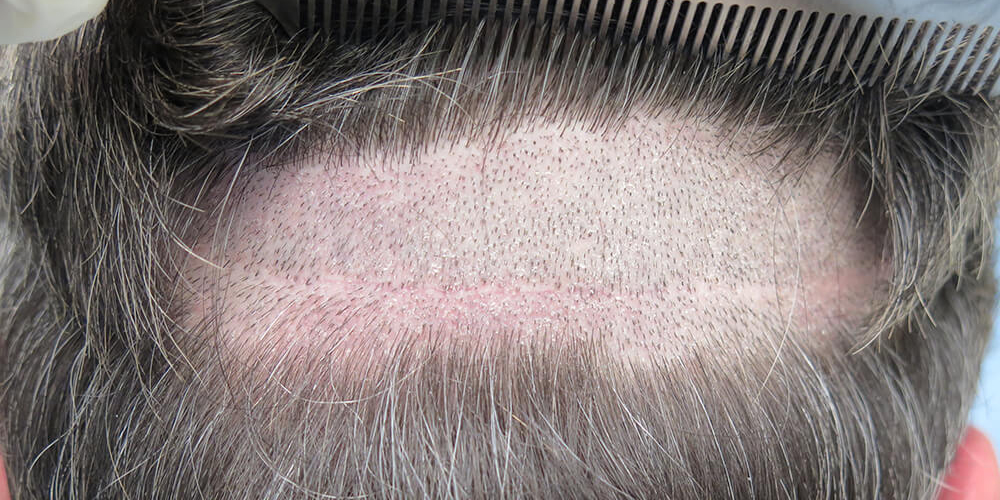
3.2. Adequate Donor Area Size
Beyond density, the size of the donor area also plays a pivotal role in the success of the procedure. Depending on the number of grafts needed for the transplant, the surgeon will need to evaluate whether there is enough viable hair in the donor region.
Sufficient hair quantity is crucial for achieving a natural-looking result and preventing noticeable gaps. If you have extensive hair loss, it may be beneficial to discuss alternative strategies or supplemental treatments to maximize the number of follicles available for transplantation.
3.3. Hair Characteristics
It’s not just about the number of follicles; factors like hair color, texture, and curl pattern should ideally match the recipient area. Mismatched characteristics can lead to an unnatural appearance post-surgery.
For instance, if your donor hair is coarse while the rest of your hair is fine, the transition may appear abrupt and draw unwanted attention. When consulting with your surgeon, ensure they assess these aspects meticulously, as they are imperative for achieving an aesthetically pleasing result.
4. Proper Post-Operative Care
Adhering to prescribed post-operative care instructions is essential for maximizing the results of your hair transplant.
4.1. Medication
Following the surgery, your surgeon will likely prescribe medications such as antibiotics and anti-inflammatory drugs. These are crucial for preventing infection and reducing swelling around the transplanted area.
It is vital to stick closely to the medication regimen prescribed by your doctor. Not following these instructions could lead to complications that may affect the overall success of the transplant. Consultations for follow-up appointments should also be scheduled to monitor your progress and adjust medications if necessary.
4.2. Healing
During the initial healing phase, specific instructions on washing, cleaning, and caring for the transplanted area will be provided. Following these guidelines is crucial, as improper care can lead to infections and poor healing.
Gentle cleansing techniques and avoiding harsh chemicals can help promote a favorable healing environment. Be sure to limit direct sun exposure and refrain from strenuous activities to allow the transplanted area to recover adequately.
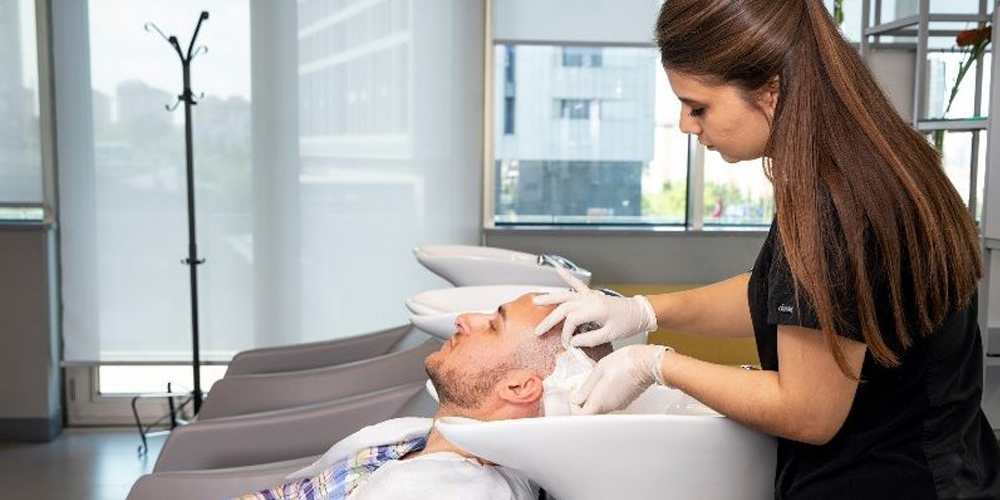
4.3. Patience
Patience is indeed a virtue in this journey. After the surgery, initial shedding of transplanted hair is completely normal. Patients should prepare themselves mentally for the timeline ahead, as noticeable growth typically occurs within a few months.
Understanding the natural cycle of hair growth can alleviate anxiety during this waiting period. Engaging in support groups or online forums can offer comfort and reassurance during this transitional phase.
5. Maintaining the Results
Even after a successful hair transplant, ongoing maintenance is needed to preserve the results and prevent further hair loss.
5.1. Healthy Lifestyle
An essential component of maintaining healthy hair post-transplant is adopting a balanced lifestyle. Factors such as diet, exercise, and stress management play a significant role in the health of your scalp and overall well-being.
Incorporating nutrient-rich foods, particularly those high in vitamins A, C, D, E, and minerals like zinc and iron, can contribute to scalp health. Regular exercise improves blood flow, promoting nutrient delivery to hair follicles, while stress management techniques-such as yoga or meditation-can mitigate one of the leading causes of hair loss.
5.2. Hair Care Products
Using gentle shampoos and conditioners designed for transplanted hair can promote hair growth and prevent damage. Avoid products with harsh chemicals that might irritate the scalp or harm fragile new hair.
Additionally, consider using topical treatments or hair supplements recommended by your surgeon. Many patients find that integrating these products into their routines fosters faster and healthier hair growth.
5.3. Follow-Up Appointments
Regular follow-up appointments with your surgeon are essential for monitoring hair growth and addressing any potential complications. These visits allow your surgeon to assess the progress of your transplant and intervene promptly if issues arise.
Furthermore, follow-up appointments provide an opportunity to discuss your concerns and amend your care routine if needed. Staying engaged in this process highlights your commitment to achieving the best possible outcomes.
Conclusion
The ideal hair transplant is a culmination of careful planning, surgical precision, and ongoing post-operative care. By choosing the right surgeon, selecting the appropriate technique, ensuring a healthy donor area, adhering to post-operative instructions, and maintaining a healthy lifestyle, you can significantly increase the chances of achieving a natural-looking, restored hairline and boosted confidence.
Remember, like any recipe, the key to successful hair transplantation lies in following the right ingredients and preparing them with care. By investing time and effort into understanding this intricate process, you empower yourself to make informed decisions and pave the way for a revitalized appearance and renewed self-assurance.
LATEST POSTS

